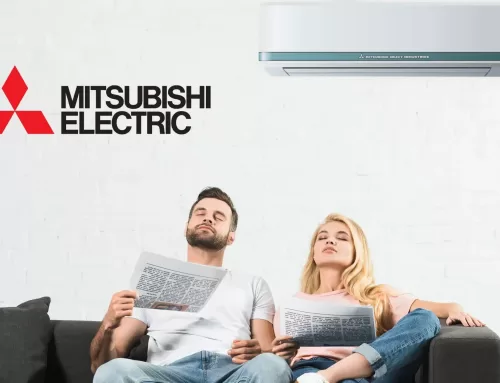Decarbonizing New York: A Path to 85% Emission Reduction by 2050
In a bold and necessary move to combat climate change, New York State has set its sights on reducing greenhouse gas emissions by a staggering 85% by the year 2050 under the Climate Leadership and Community Protection Act (CLCPA). Achieving this ambitious target requires a collective effort, and New Yorkers are gearing up for a transformative shift to make it happen. Central to this endeavor is the Climate Action Council’s draft scoping plan, which outlines a strategic roadmap for ushering in a greener and more sustainable future for the state.
Buildings: The Culprits and the Solution
It comes as no surprise that buildings are among the biggest contributors to greenhouse gas emissions in the state. To turn the tide on this alarming trend, the draft plan emphasizes the need to decarbonize buildings comprehensively, covering everything from new construction to retrofitting existing structures. This all-encompassing approach recognizes that every building, from single-family homes to sprawling commercial and institutional edifices, must play a role in reducing emissions.
Equity and Affordability
Crucially, the draft plan also underscores the importance of equity and affordability in the transition. While the goal is to reduce emissions, it should not come at the expense of creating an undue burden on residents and businesses. The strategy recommends identifying natural investment opportunities throughout a building’s life cycle, such as during construction, equipment replacement, or sales/leasing. This proactive approach ensures that the shift towards decarbonization is economically feasible for all stakeholders.
Enter the Heat Pump
Heat pumps emerge as a key player in the drive towards cleaner, more efficient heating and cooling solutions. These devices may be eligible for incentives and subsidies aimed at promoting energy efficiency and capital improvements. However, some concerns have been raised, particularly regarding their effectiveness in cold weather and installation costs.
Choosing the Right Heat Pump
Two types of heat pumps are in the spotlight: air source heat pumps and ground source heat pumps. The former, while cost-effective and straightforward to install, raise concerns for regions like upstate New York, where harsh winters prevail. To address this, the scoping plan suggests the inclusion of an additional resistance heating unit and potential investments in improving the building’s “shell” to enhance efficiency.
On the other hand, ground source heat pumps, while more efficient in cold temperatures, come at a higher upfront cost due to the need for a heat-exchanging ground loop. Yet, the benefits of such systems become evident in their year-round usability, eliminating the need for electric resistance backup heat.
Counting the Costs and Benefits
The draft scoping plan provides estimated costs for both air source and ground source heat pumps, along with installation expenses and supplemental heating options. These estimates range from $22,227 to $79,218, offering valuable insights into the financial considerations associated with adopting these technologies.
Incentives and Tax Credits
For those embarking on this green journey, there’s good news: subsidies and tax credits are available to ease the financial burden. Organizations like the New York State Energy Research and Development Authority (NYSERDA) offer initiatives and incentives to support the transition to cleaner heating and cooling solutions.
Having Your Say
As New York forges ahead with its climate action plan, public engagement is essential. State-wide hearings provide an opportunity for residents to voice their opinions and offer input on the proposed scoping plan, ensuring that the path to 85% emission reduction by 2050 is one that aligns with the needs and aspirations of the community.
In conclusion, New York’s commitment to decarbonizing its buildings and reducing greenhouse gas emissions by 85% by 2050 is a monumental undertaking. The draft scoping plan, with its emphasis on equity, affordability, and the role of heat pumps, charts a course towards a greener and more sustainable future. As New Yorkers weigh the costs and benefits of embracing these technologies, incentives and tax credits stand ready to support their journey towards a cleaner, more efficient tomorrow. Through public participation and collective action, the state aims to turn this ambitious vision into reality, setting an example for others to follow in the fight against climate change.
Here’s the CAC’s draft scoping plan. Page 28 covers energy efficiency and housing.







Leave A Comment